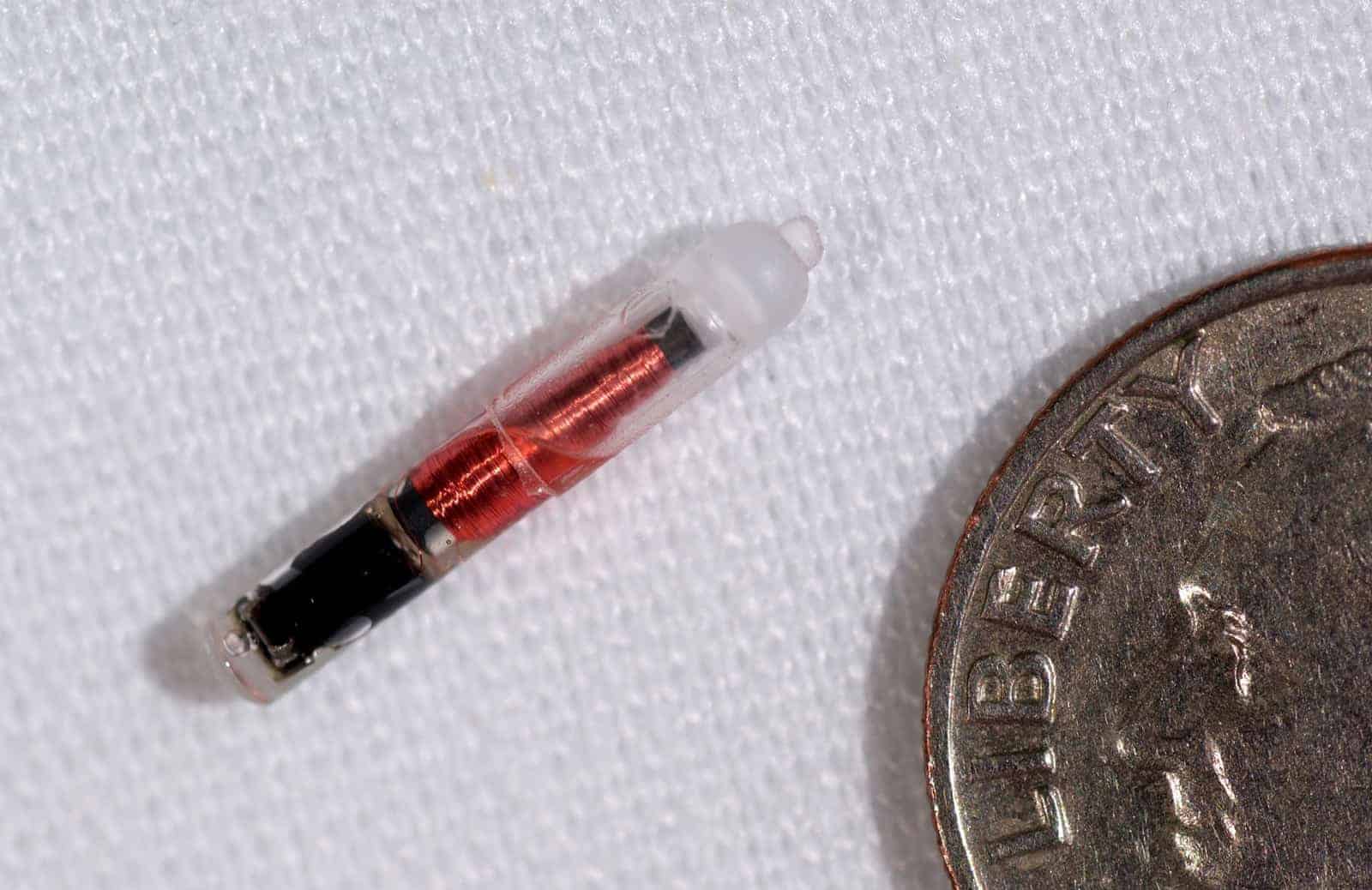Tracing Equine Microchips

Reasons to trace microchips are few, but vital when encountered. Regulatory officials use the microchip of a horse involved in a disease investigation to trace additional exposed horses or premises. First responders to natural disasters have significant challenges in identifying ownership of displaced horses. Individuals searching for a lost or stolen horse have a critical reliance on microchip traceability. Equine rescue groups encounter horses that have lost their identity and endeavor to trace any permanent identification available to uncover their history.
Current methods available for tracing microchips are limited. Each trace begins with scanning a horse with a microchip-reading device and obtaining a microchip number. But what next?
If the phenotype or history of the horse presents clues to a breed or discipline group that might have the horse’s information, this is often the best place start. If there is no obvious place to begin the inquiry, then one contacts the manufacturer of the microchip. The first three digits of the microchip number indicate the manufacturer or country code, which can be looked up online. The manufacturer provides contact information for the distributor to which the microchip was sold
Create a free account with TheHorse.com to view this content.
TheHorse.com is home to thousands of free articles about horse health care. In order to access some of our exclusive free content, you must be signed into TheHorse.com.
Start your free account today!
Already have an account?
and continue reading.
Written by:
Equine Disease Quarterly
Related Articles
Stay on top of the most recent Horse Health news with















